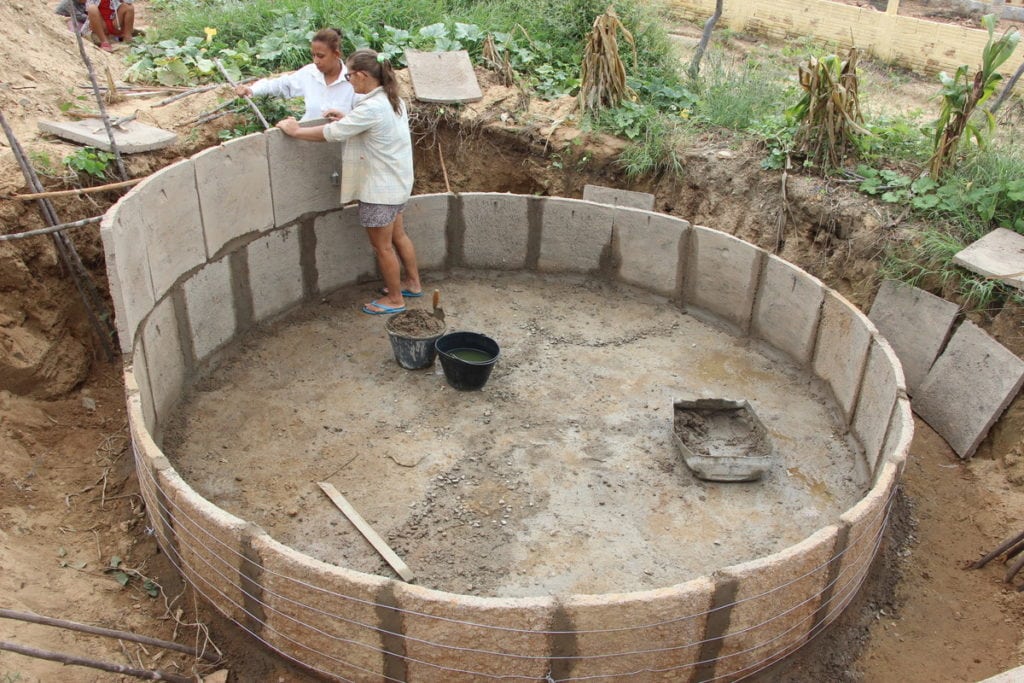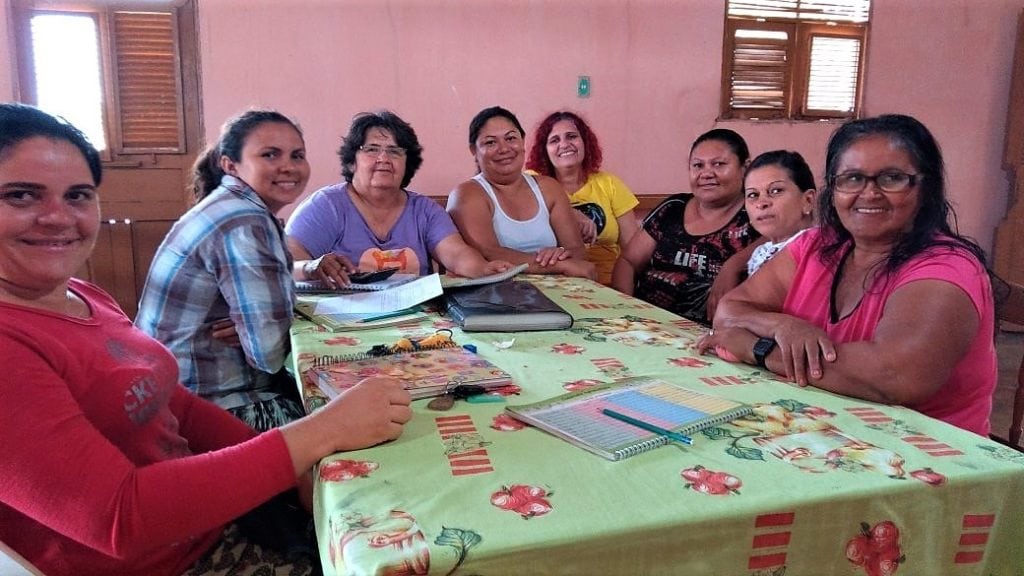By Ruchi Tripathi, Head of Resilient Livelihoods and Climate Justice at ActionAid International
Water is life. Yet we take it for granted until we face water scarcity. Those of us who are lucky enough to live in cities with clean, running tap water can’t fully comprehend the extent to which women and girls in rural communities go to fetch drinking water for their families. But there are a growing number of households around the world facing water shortages, in small towns and big cities alike. From São Paulo, to Cape Town, to Mumbai, trucks importing water have become a daily sight.
An estimated 3.6 billion people face water scarcity worldwide, and this number could jump to 5.7 billion by 2050. The causes are many, but chief among them are pollution, deforestation, climate change, and sheer wastefulness and mismanagement. Poor urban planning ignores and disrupts water sources to build houses, airports, hotels, and mines. Meanwhile, the demand on groundwater – which we rely on to feed lakes and rivers – is becoming more and more unmanageable, as pollution is making some water undrinkable and deforestation is causing other sources to replenish too slowly.
Like the air we breathe, water is a “common”, meaning it’s a public good that should be accessible and available to all; free to flow without restrictions, and maintain its natural ecosystem and biodiversity.
Water is also a human right. Yet, water scarcity discriminates. That’s because water issues are power issues linked to land ownership, labor, industry, and profit. Globally, access to and use of water sources is dramatically unbalanced, and it privileges the wealthy – industrial users like mining companies and commercial farms – while poor, indigenous communities and smallholder farmers, most of whom are women, are increasingly forced into a state of crisis.
Water affects everyone and everything. Its quality and availability impact soil, biodiversity, forests, and wetlands. It grows our food, lifesaving medical ingredients, the fuel that warms our homes, and so much more. When people can’t get the water they need, failed harvests, food insecurity, rising poverty, forced migration, and conflict all tend to follow.
Water scarcity is a real and growing problem. The question is, what can we do about it?
Part of the solution lies with the very communities that are most at risk. Indigenous and traditional peoples who have lived in harmony with nature for generations have much to teach the industrialized world about responsible water harvesting and storage. Many have legacies of ingenious water storage and irrigation systems developed hundreds or thousands of years ago – systems that can be revived or scaled up today with transformative effects.
But there are other key pieces of the puzzle that often go overlooked. Addressing water scarcity is not only about water collection, it is also about water management. After all, it’s important to capture thousands of extra gallons of water, but it is equally essential that it be used responsibly and efficiently.
ActionAid’s unique, holistic approach to sustainable water access, which we call water justice, takes this full picture into account. In partnership with communities, we go beyond efficient water harvesting and storage, and include efficient water management and use. This means working together to analyze the geography and water availability of the area; create water budgets; set up collective, women-led water management systems; practice water-efficient agriculture; and explore water-efficient livelihoods. It also means confronting the political nature of water and calling attention to the imbalances in power, ownership, and access that help fuel the crisis. Water justice means respecting the innovative coping mechanisms that communities already have in place, and listening and learning with humility. It means offering modern technology not as a silver bullet, but as a complementary tool where it adds clear value in support of locally-designed solutions.
ActionAid has piloted water justice efforts in 20 countries worldwide, working alongside hundreds of thousands of people every year, and always putting community and women’s leadership at the fore. This may look different in different places, depending on context, but one great example comes from Brazil.
In Brazil’s semi-arid region, which stretches across the north-eastern section of the country, farming can be a challenge. But agriculture is a way of life, and residents have come up with some clever strategies to make it work. One of the most common is cisterns: large, covered, above-ground reservoirs made of stone, which collect and store rainwater during the wet months so that families have it for household and agricultural use during the dry months.

Water cisterns like this one in Brazil are a modern take on an old idea: collecting rainwater during wet months with rooftop systems, and storing it for household use during dry months. [ActionAid]
Soon networks of activists, many of them women-led, began pushing the national government to invest in basic and sustainable, but life-changing, tools for residents throughout the semi-arid region. A “One Million Cisterns” initiative was born, and sustainable water access was ultimately made possible for tens of thousands of families, as well as countless agriculture and masonry jobs. Now, water-saving farming practices – drip irrigation; chemical-free, water-retaining mulch; and so much more – help ensure that water is used as efficiently as possible.
To address the risk of financial mismanagement on the One Million Cisterns project, a geo-reference site was created to map the location and cost of every cistern built, and give citizens oversight of what their government had promised.
To address the sexism that women faced – and continue to face – as stonemasons who build and maintain some of the cisterns, women themselves formed peer support and training networks. With the support of ActionAid and our partners, these “women’s schools” teach members how to survive and challenge the sexist norms and behaviors they encounter on a regular basis.

Powerful women like these members of the March 8th Feminist Center, an ActionAid partner, have been critical to ensuring that women are at the fore of the drive for water justice and equality in the semi-arid region of Brazil. [Wigma Ribero/ActionAid]
We live in challenging times. As average global temperatures rise, weather patterns shift, and competition over resources grows more intense, many are feeling understandably nervous – if not downright afraid – about where we as a global community are headed.
But a better way forward does exist. It takes collaboration, humility, and patience; it takes the opposite of what got us here now. But with the help of our partners and supporters, ActionAid is a movement for change. We are committed to working alongside water-scarce communities to strengthen and amplify their efforts, and help ensure that the most sustainable, high-impact ideas reach hundreds of thousands of people worldwide.
Author’s Note: Thanks to my colleagues for their insights and work with communities on water, in particular: Bratindi Jena, Celso Marcatto, Philip Kilonzo, Glauce, Jessica, and Gerardo.

